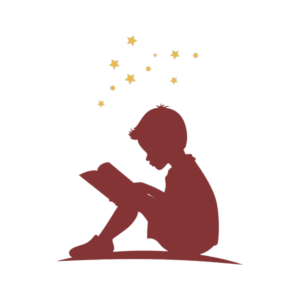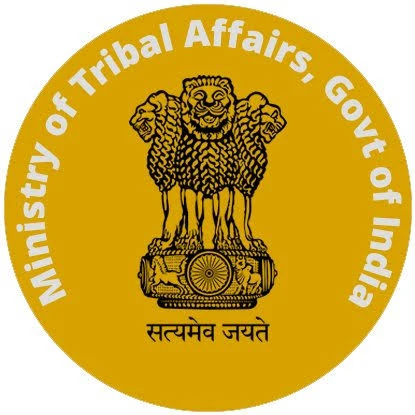Why Language Matters
Language is more than just communication—it is identity, culture, and a bridge to knowledge. For millions of tribal students, learning in an unfamiliar language creates barriers to education. But when education begins in the mother tongue, learning becomes natural, engaging, and effective.
Correlation Between Tribal Languages and Education:
Language Barriers in Education: The prevalence of dominant languages in educational systems often marginalizes tribal languages, leading to comprehension difficulties among tribal students and contributing to higher dropout rates.
Cultural Erosion: The decline of tribal languages results in the loss of traditional knowledge and cultural identity, as these languages are primary carriers of indigenous heritage and practices.

The Indian government has undertaken several initiatives to promote education in students’ mother tongues, recognizing its importance for cognitive development and cultural preservation.

National Education Policy (NEP) 2020
A significant step in this direction is the introduction of the National Education Policy (NEP) 2020, which emphasizes the use of the mother tongue or local language as the medium of instruction, particularly in the foundational stages of education. The policy recommends that wherever possible, the medium of instruction until at least Grade 5, and preferably till Grade 8 and beyond, should be in the home language or mother tongue. This approach aims to enhance understanding and learning outcomes among students.
State-Level Programs
At the state level, collaborations have been established to promote mother tongue education. For instance, the Jharkhand government, in partnership with UNICEF, initiated a pilot program for multilingual education in 259 schools. This initiative developed resources and content in tribal languages such as Ho, Mundari, Khariya, Santali, and Kurukh, thereby supporting tribal students in learning through their native languages.
Implementation in Early Childhood Education
In line with NEP 2020, the government has launched initiatives to introduce early childhood education in 52 non-scheduled Indian languages, including 17 tribal languages. This effort ensures that students from diverse linguistic backgrounds have access to education in their native languages, fostering better engagement and comprehension.